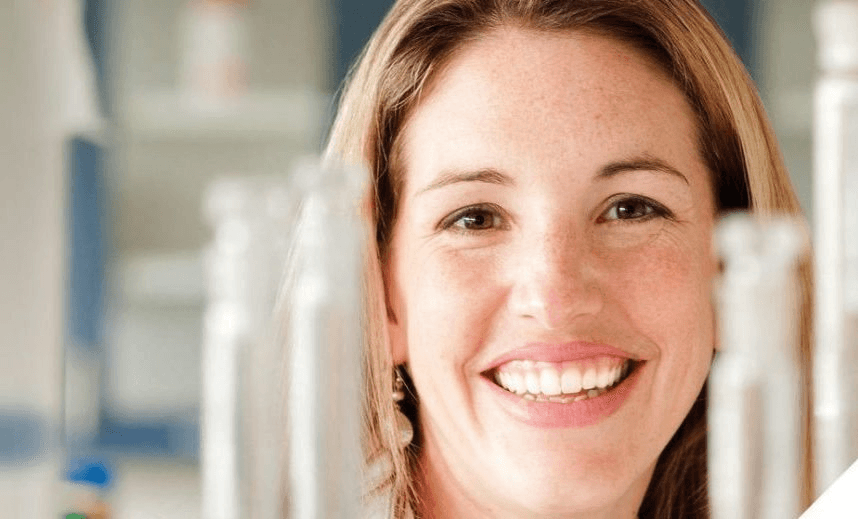Dr Carla Meledandri promises that the photograph of decaying teeth is the only ‘gross’ one that she will show this morning, reports Charles Anderson in his second blog post from AMN8, the advanced materials and nanotechnology conference hosted by The MacDiarmid Institute, in Queenstown.
The first day of AMN8 kicked off with scientists from around the country and the world all keen to share some of the remarkable research they have been conducting.
Dr Carla Meledandri’s breakthrough is all about teeth. More specifically, bad teeth. Hence the photograph of decay, which she promises will the only one she’ll show. It is an exercise to show how widespread decay and gum disease is – one in three New Zealanders suffer from it.
The University of Otago chemist was already working with silver nanoparticles when she met up with a dentist as part of a faculty event for new staff. The goal was to find out both their work might interrelate.
Turns out they had some common ground.
“Silver is nothing new in dentistry,” Carla says. “It’s been used for many years for its antibacterial properties.”
Her work was “problem driven research” that brought on dentists early in the process to figure out exactly what was needed to better address issues in conventional treatment.
The problem for silver is that in its bulk form it has difficulty getting to bacteria to treat it. You have to use a high silver concentration – this is expensive and can result in discolouration of the teeth.
So Carla’s work focuses on grinding down the bulk silver into the nanoscale where it can easily permeate cells to treat bacteria.
As anyone who has had the misfortune of visiting a dentist for an invasive procedure knows, the current treatment for tooth decay is “drill and fill”.
The problem is that this removes some of the tooth and leaves behind some bacteria which can damage the bone structure.
“Then with the filling materials, all of them have a listed lifespan in which they will crack or fail,” she says.
This can then lead to a repeat of the process.
“Wouldn’t it be nice if there were a better way?”
Nano particles also have a high surface area compared to their size. It is not clear why but it is on the surface of these particles that their antimicrobial and bacterial properties are found.
The problem is that if the particles stick together they form a dark colour which can lead to teeth discolouration. That’s the reason why no one has yet used this method to treat teeth decay.
Carla’s nanoparticles are therefore used inside a gel which helps keep those particles separate and, bingo, no tooth discolouration.
This has led to international interest. Already her work has led to a spin out company which has has licensed the patent to the silver nano gel to a large international dental company.
“I really love the problem solving aspect of science,” she says. “Knowing that it’s going be used for an application is motivating.”
This is part of a series of articles for the Spinoff about and from AMN8, The Eighth International Conference on Advanced Materials and Nanotechnology, in Queenstown from February 12-16 2017. For details on public events in Christchurch, Wanaka, Queenstown and Nelson, click here. This content series is sponsored by the conference’s hosts, The MacDiarmid Institute for Advanced Materials and Nanotechnology, a national institute devoted to scientific research.
